| The word Charisma, when used today, means someone who is compelling, inspirational and has a great deal of charm; leaders, speakers, politicians or even comedians are all said to be charismatic. But this is a corruption of the original term as used by St Paul in his letters to the early Churches. When he wrote to the Romans and the Corinthians, Paul used the term to denote any gift that might built up the life of the Church and these are many and various: |
“Since we have gifts that differ according to the grace given to us, each of us is to exercise them accordingly: if prophecy, according to the proportion of his faith; if service, in his serving; or he who teaches, in his teaching; or he who exhorts, in his exhortation; he who gives, with liberality; he who leads, with diligence; he who shows mercy, with cheerfulness”.
Romans 12:6-8
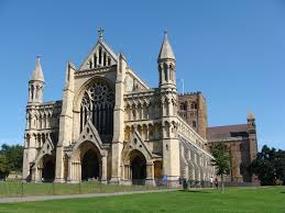 Source: en.wikipedia.org
Source: en.wikipedia.org  Source: www.flickr.com
Source: www.flickr.com The challenge to my students is this: Where, in your own life and over the summer holiday, can you make the most of your own particular gifts? How can you use your charisma to enrich the lives of others, just like those who served us at the Synagogue and Abbey did?



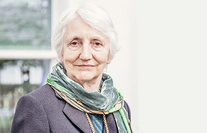
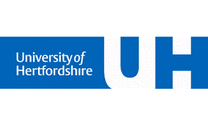





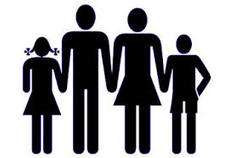
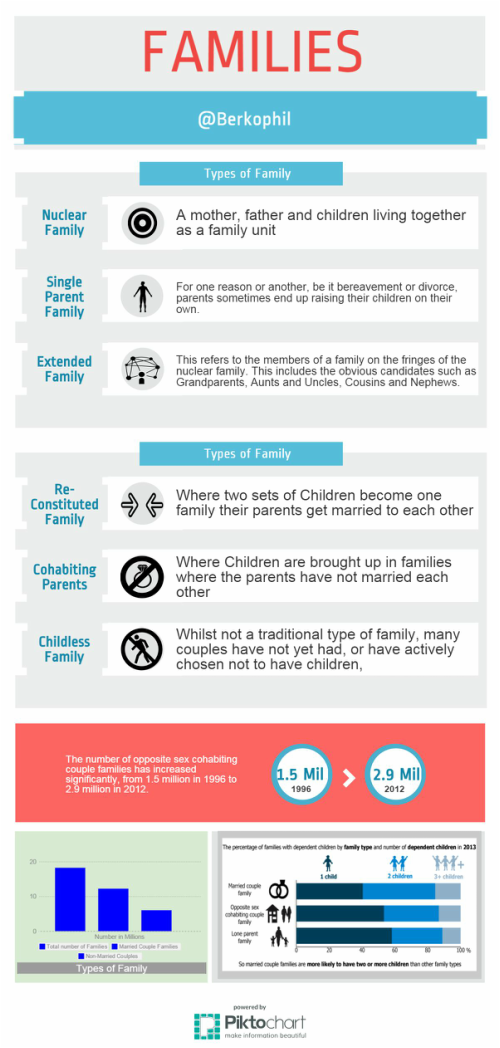


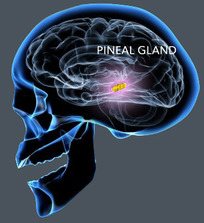
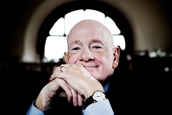



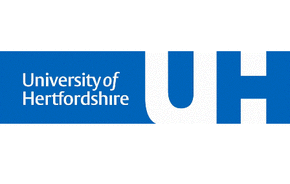

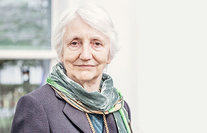
 RSS Feed
RSS Feed
